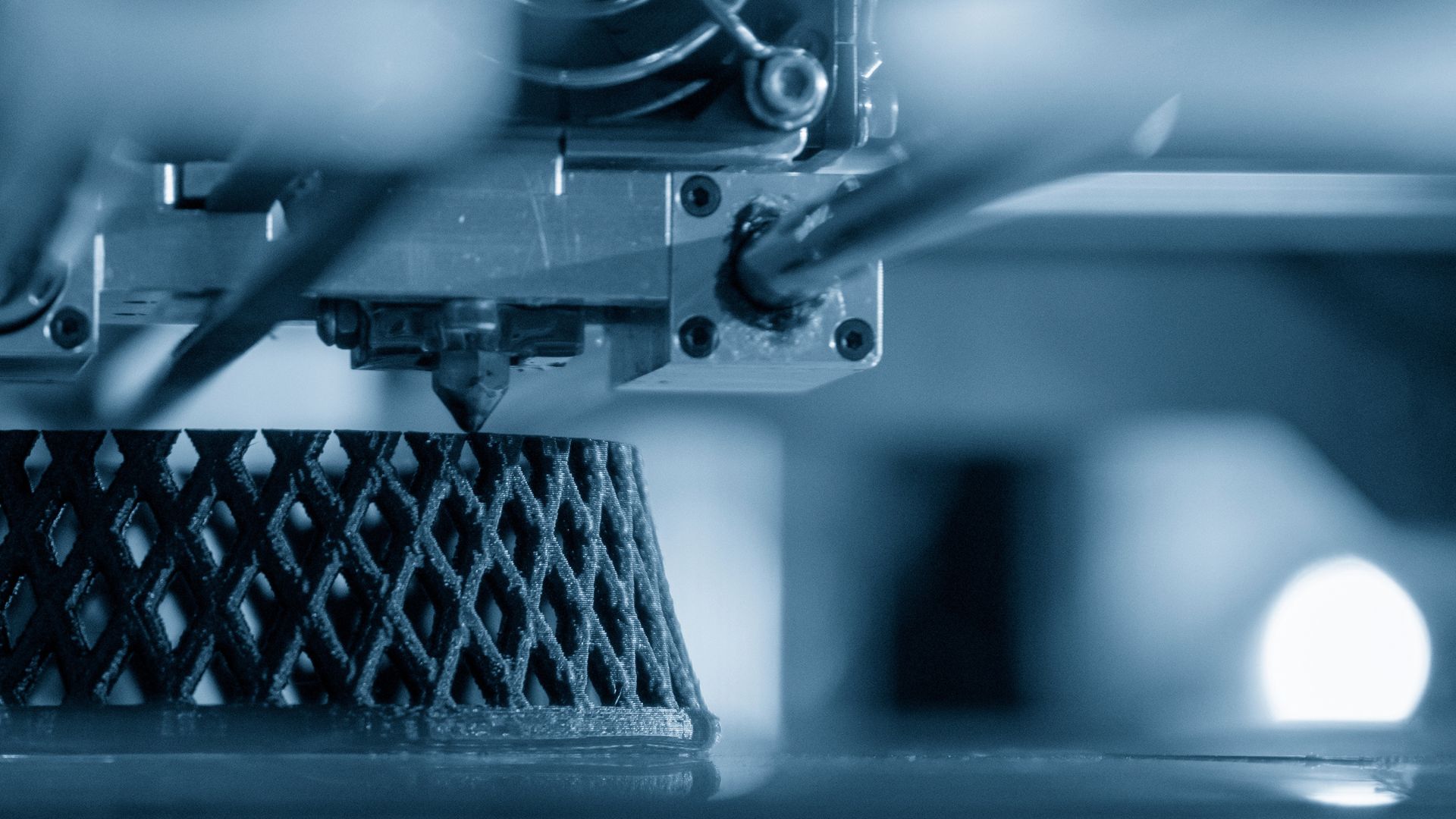In recent years, 3D printing has gained significant attention in the manufacturing industry. As an innovative technology, 3D printing has proven to be beneficial in many ways. However, like any other technology, 3D printing has its limitations and disadvantages. This article aims to provide an in-depth analysis of the pros and cons of 3D printing in manufacturing.
Pros of 3D Printing in Manufacturing
- Cost-effectiveness: One of the most significant advantages of 3D printing in manufacturing is its cost-effectiveness. Traditional manufacturing methods require tooling and production equipment, which can be expensive to maintain and produce. On the other hand, 3D printing allows manufacturers to produce parts with minimal setup costs and eliminate the need for expensive tooling.
- Design flexibility: 3D printing enables manufacturers to create complex and intricate designs that would be challenging to achieve with traditional manufacturing methods. By using 3D printing, manufacturers can quickly create prototypes and modify designs without incurring additional costs.
- Faster prototyping: With 3D printing, manufacturers can produce prototypes quickly and test them for functionality and design. In contrast, traditional manufacturing methods can take weeks or even months to produce prototypes, slowing down the product development process.
- Reduced inventory: 3D printing enables manufacturers to produce parts on demand, eliminating the need for maintaining large inventories. This approach reduces the cost of storage, waste, and transportation, making it an environmentally friendly option.
- Customization: With 3D printing, manufacturers can easily customize products to meet their customers’ unique requirements. This feature allows manufacturers to offer personalized products and services, increasing customer satisfaction and loyalty.
Cons of 3D Printing in Manufacturing
- Limited material selection: Although 3D printing technology is improving, the range of materials available for 3D printing is still limited compared to traditional manufacturing methods. The available materials for 3D printing are also expensive, which can increase the cost of production.
- Limited production volume: 3D printing is ideal for low-volume production, and it is not yet suitable for high-volume production. The speed of 3D printing is slower compared to traditional manufacturing methods, which makes it difficult to scale up production.
- Surface quality: 3D printing produces parts that may not have the same surface quality as parts produced with traditional manufacturing methods. This limitation may affect the product’s overall aesthetics, functionality, and durability.
- Limited size: The size of the 3D printer limits the size of the parts that can be produced, which can be a limitation for certain manufacturing applications. Large parts may require the use of multiple 3D printers, increasing production costs and time.
- Intellectual property concerns: 3D printing has raised intellectual property concerns because of its ability to produce replicas of copyrighted or patented products. As a result, manufacturers must implement robust security measures to prevent unauthorized production of their products.
Conclusion
Overall, 3D printing has proven to be a valuable technology in the manufacturing industry. However, manufacturers must be aware of the limitations and disadvantages of 3D printing and assess whether it is suitable for their specific applications. By understanding the pros and cons of 3D printing, manufacturers can make informed
decisions about whether 3D printing is the right choice for their manufacturing needs.
In conclusion, the potential benefits of 3D printing in manufacturing are vast, including cost-effectiveness, design flexibility, and faster prototyping. However, there are limitations to consider, such as limited material selection, production volume, surface quality, and size limitations.
As the technology continues to evolve and improve, it is likely that the benefits of 3D printing will outweigh the drawbacks. In the meantime, manufacturers can explore the many ways in which 3D printing can improve their manufacturing processes, such as producing customized products and reducing waste.
